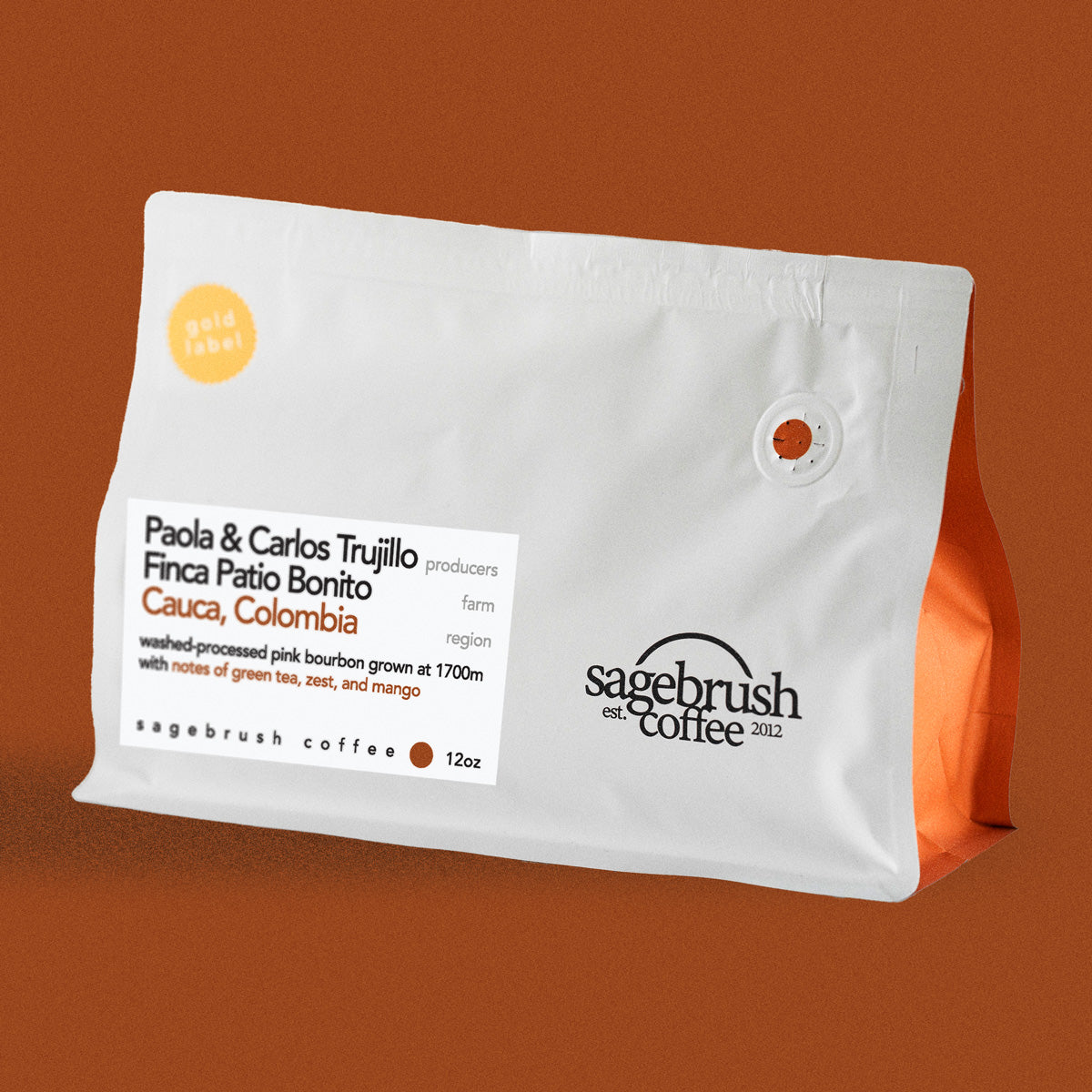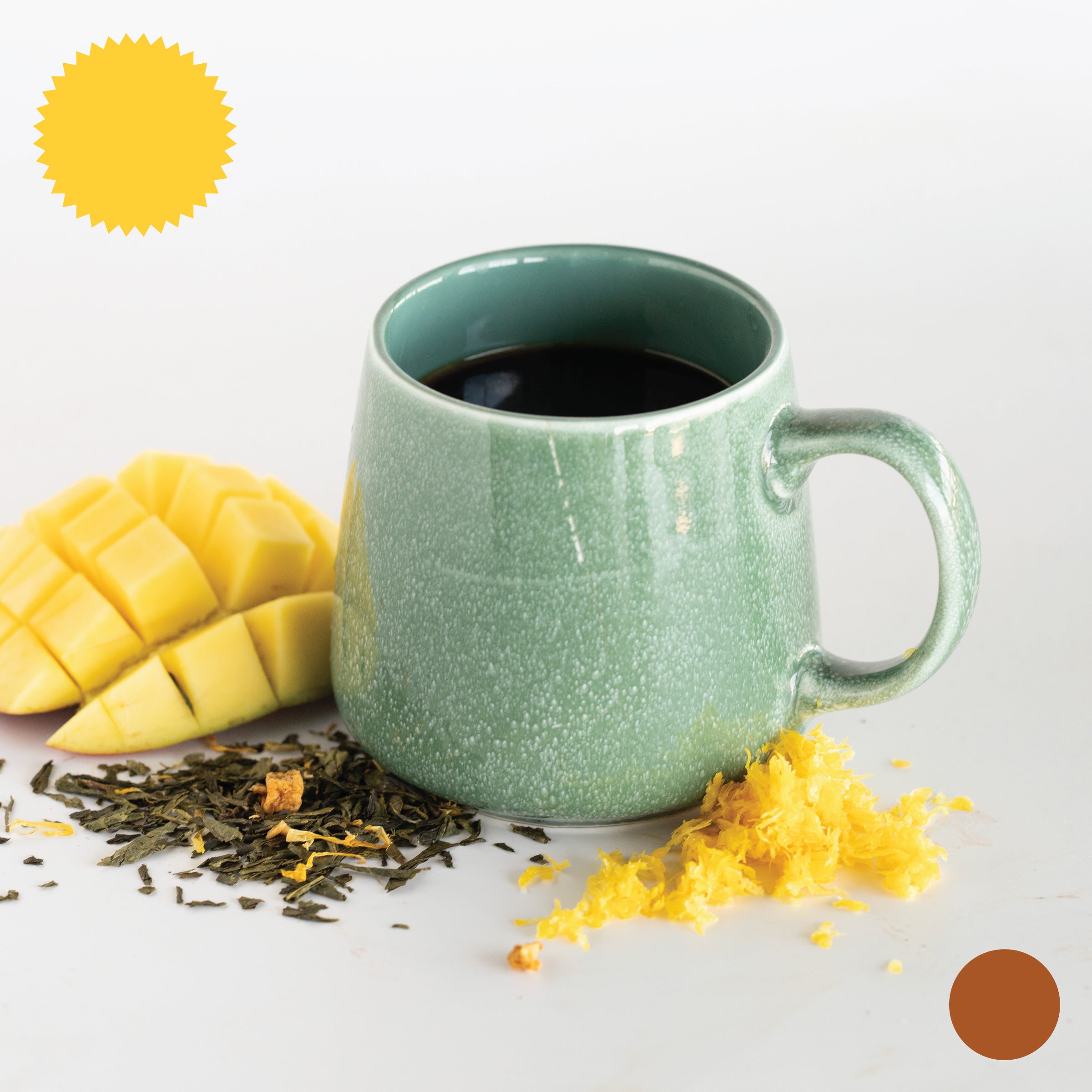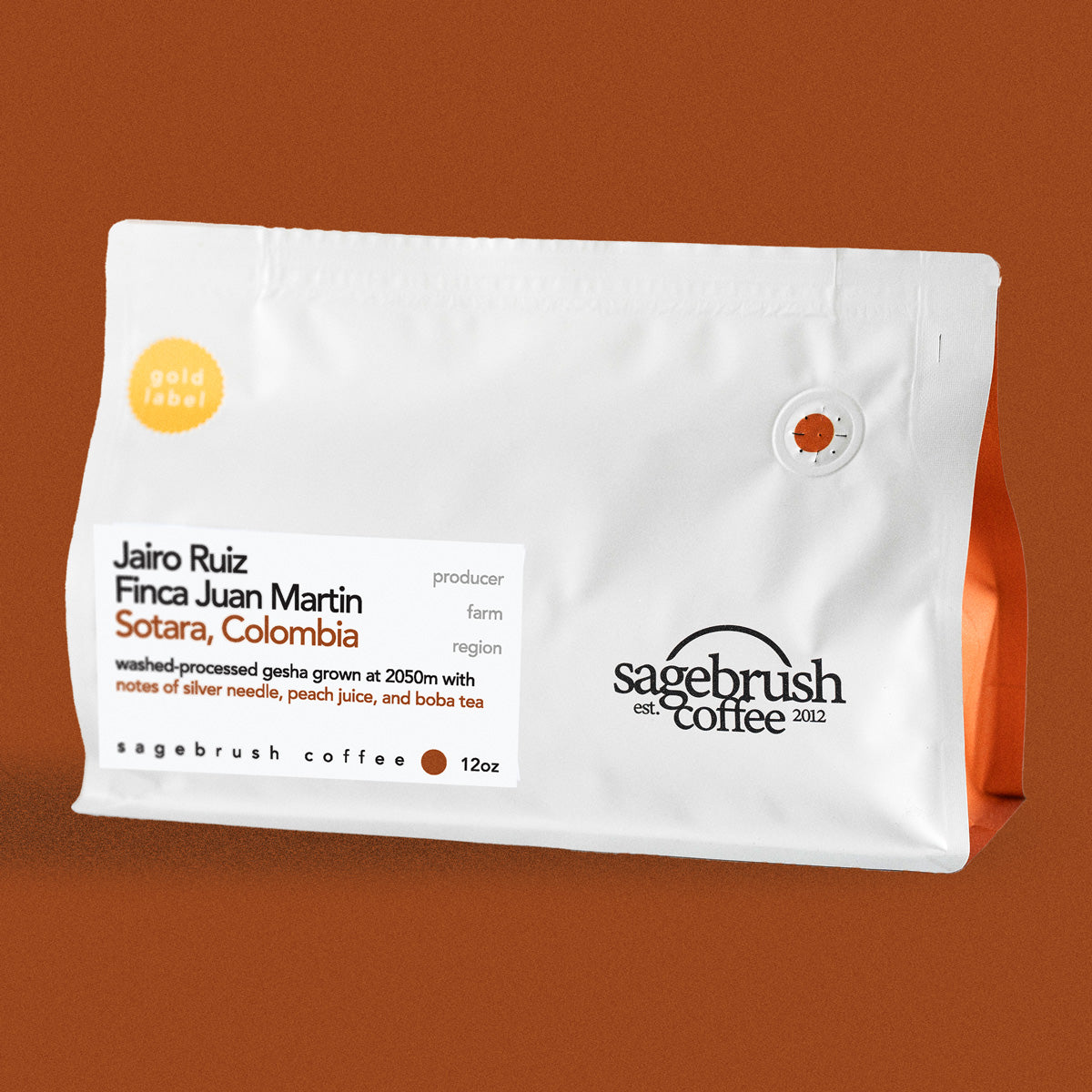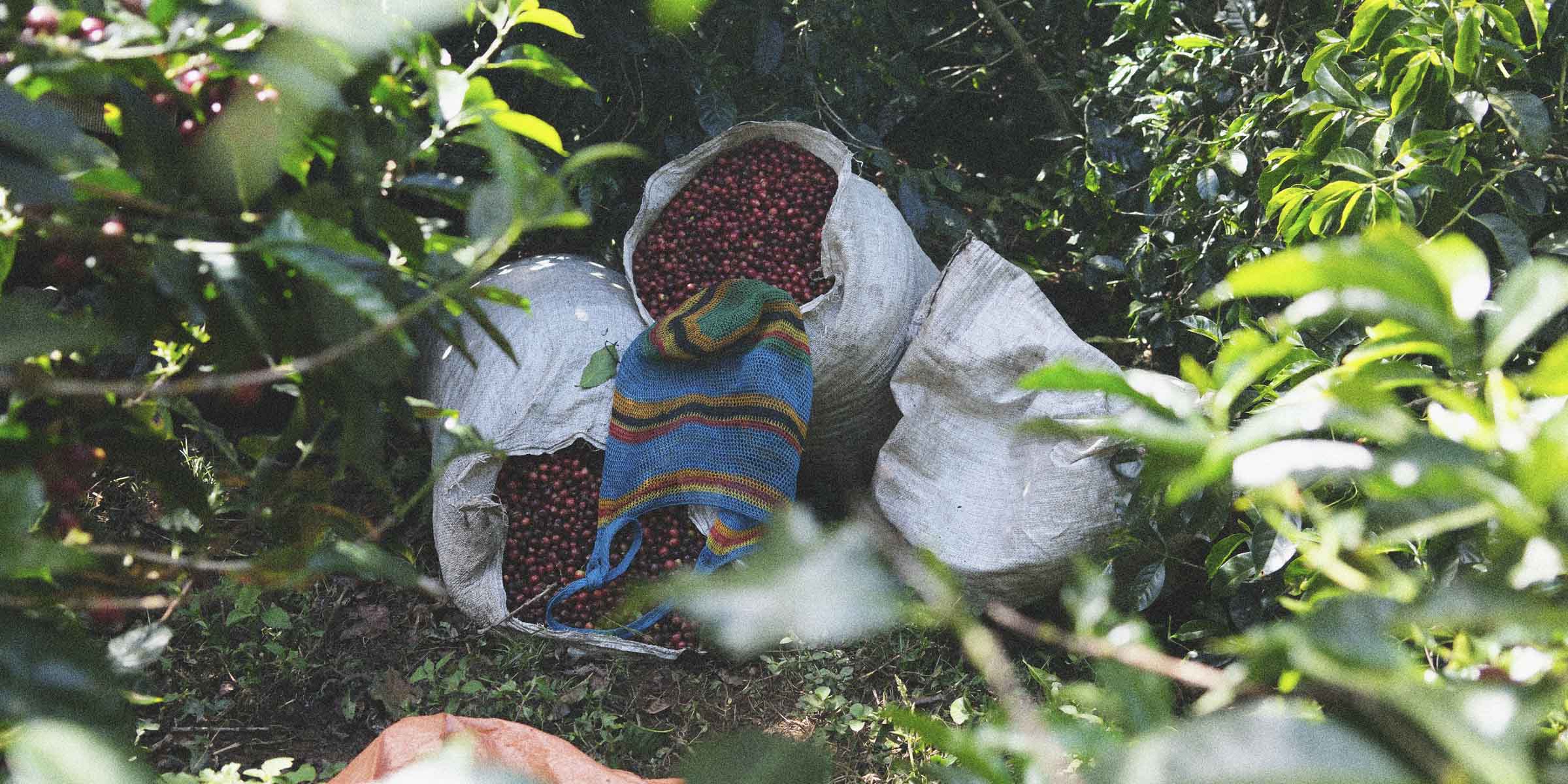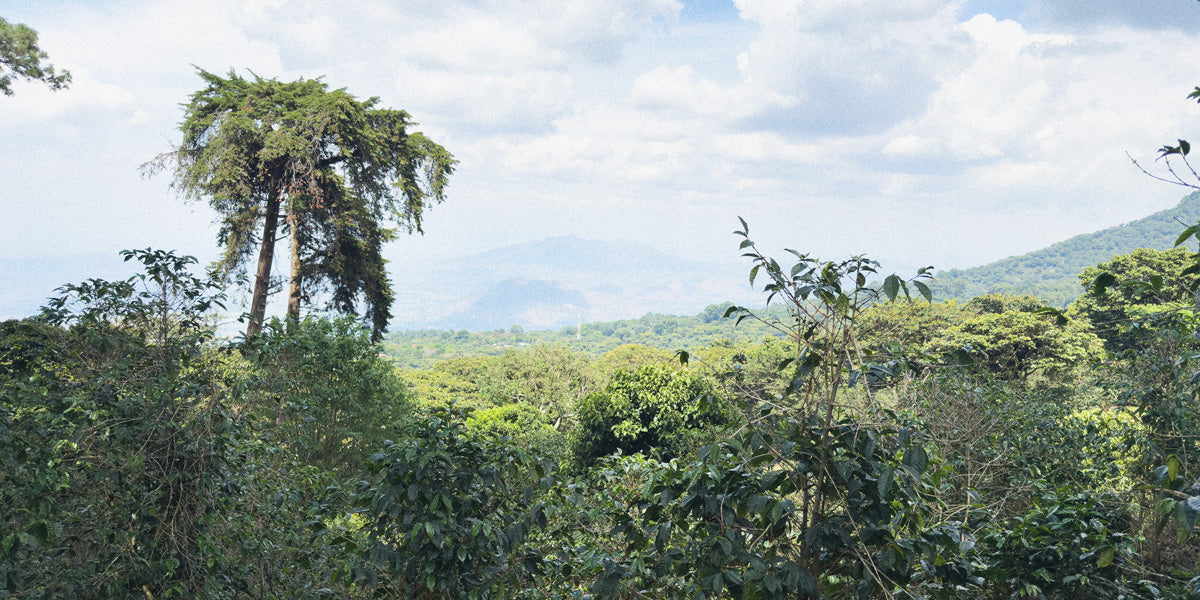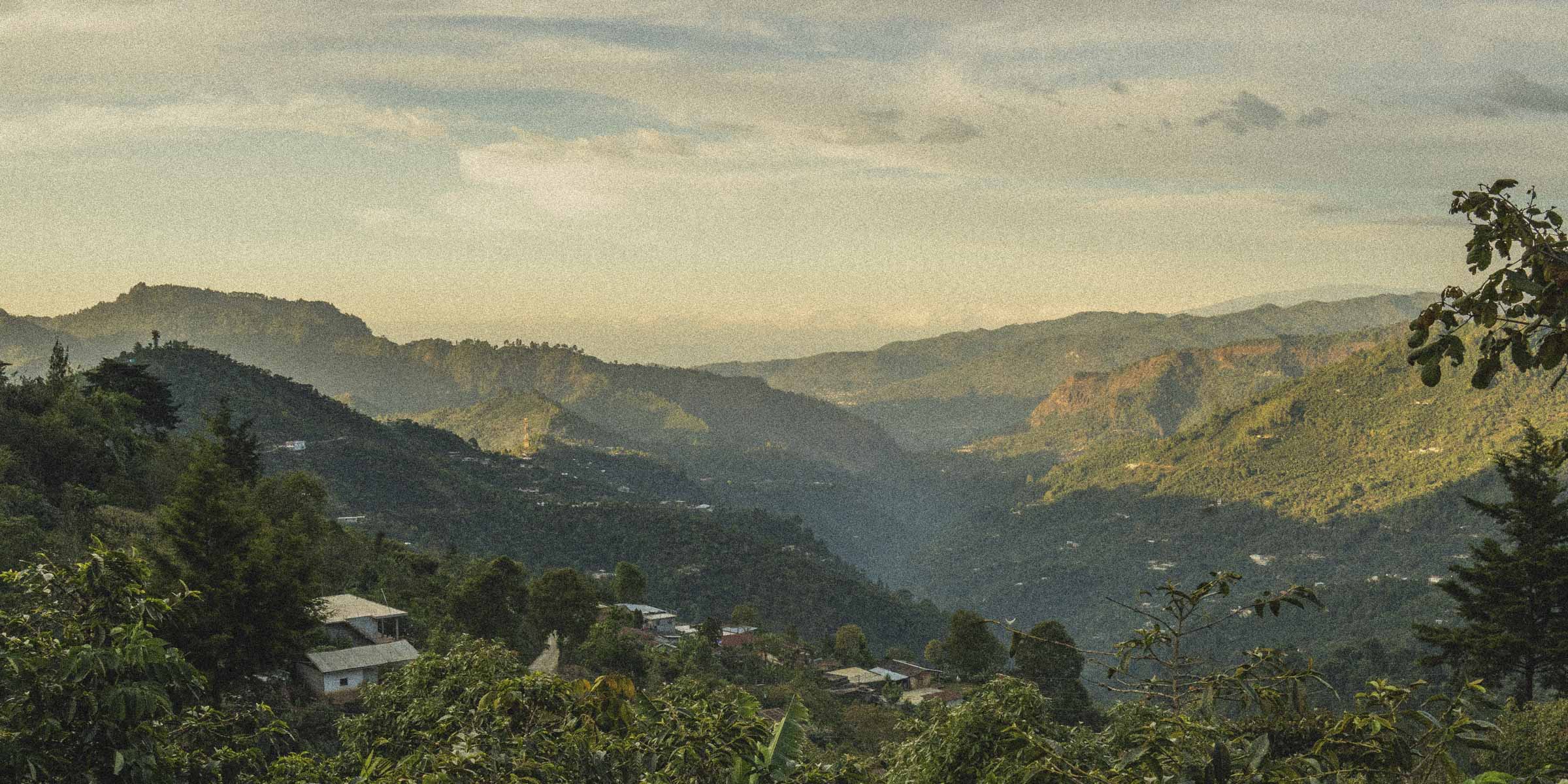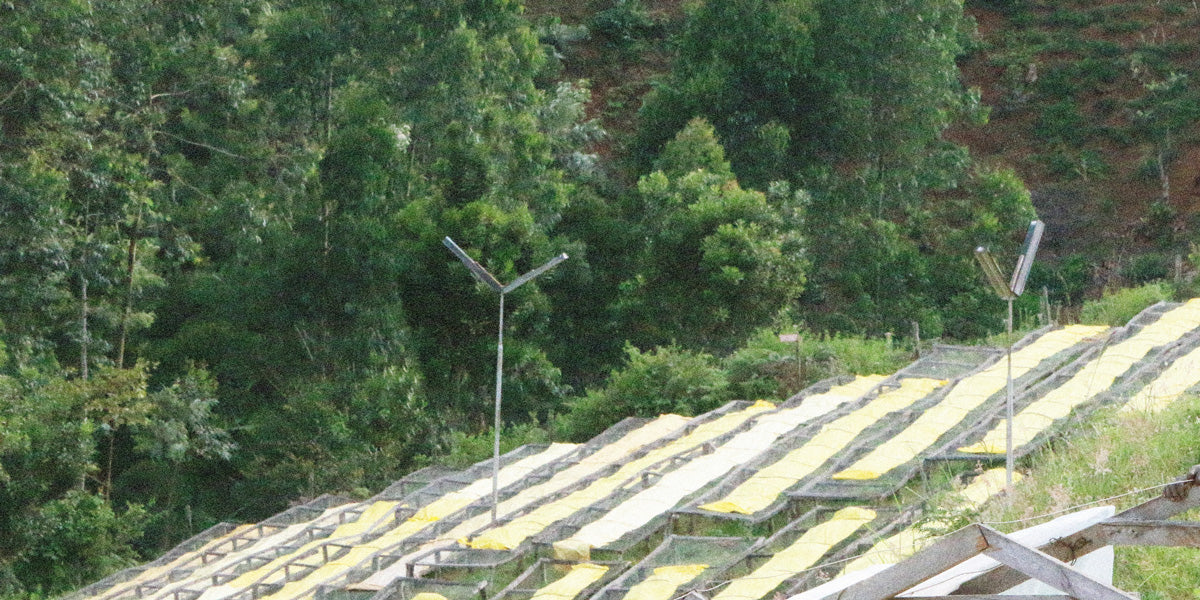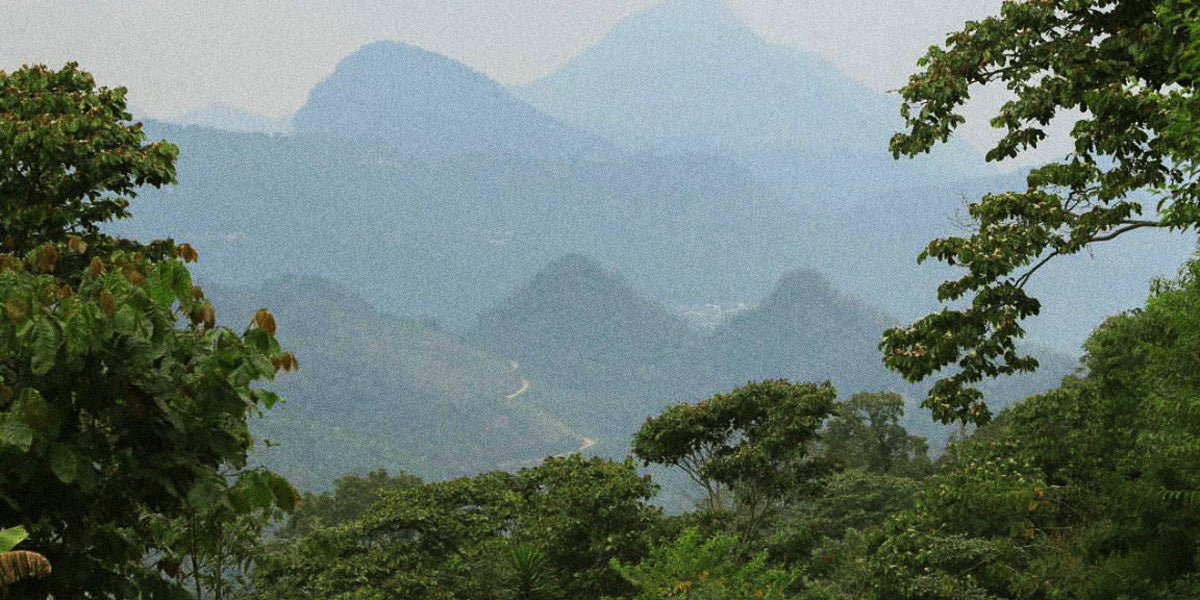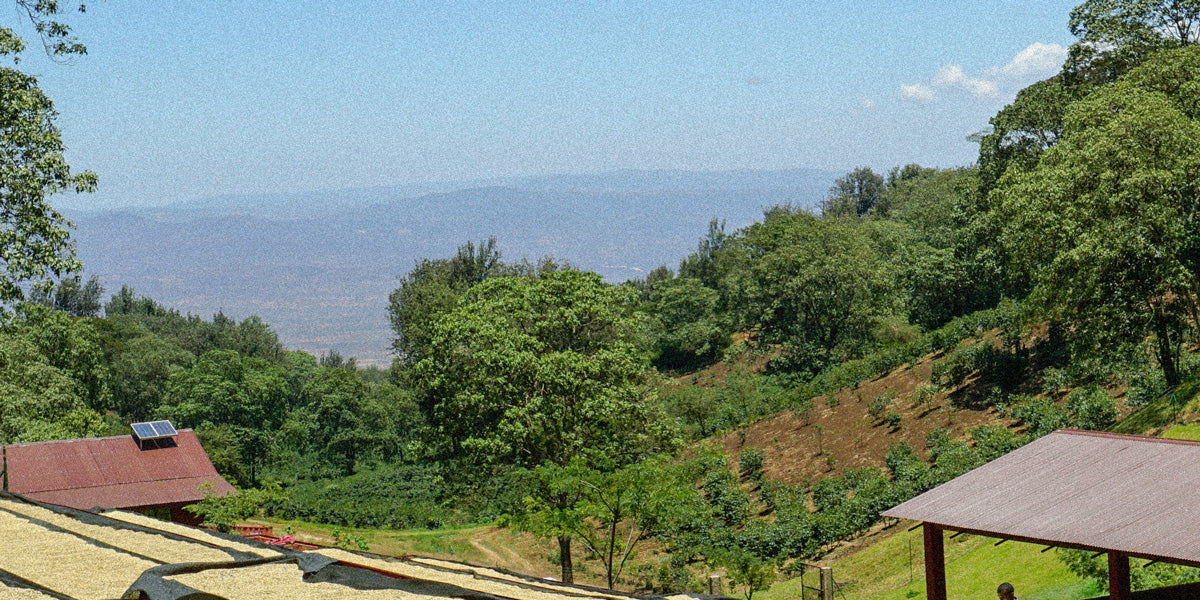Coffee Terroir Overview •
Read our Terroir articleCoffee Terroir Guide: Colombia's Versatility & Complexity
Colombian Coffee History
The story goes that coffee was first introduced to Colombia by Jesuit priests back in 1723. While the first crops were cultivated around that time, commercial production did not truly begin until the end of the 18th century. It may have gotten a slow start, but by 1912, coffee made up 50% of Colombia’s total exports.
What set Colombia apart from other coffee distributors was its focus in marketing on the fictional farmer named Juan Valdez. Appearing as an image of him and his donkey, Conchita, this "poster boy" of Colombian coffee appeared on bags and advertising campaigns everywhere. Not only did this kind of branding add value to Colombian coffee, it made it recognizable around the world.
Colombia has seen great success in the specialty coffee industry for two reasons.
First, it has the perfect coffee-growing climate. Arabica coffee is notoriously harder to grow than its coffee-producing counterpart, Robusta. It requires good soil, high altitude, temperature that gets neither too hot or too cold, and just the right amount of rainfall and humidity.
Colombia's mountainous terrain and tropical climate tick all these boxes. Not only is Colombia able to produce delicious coffee all year long thanks to its climate, it also has numerous microclimates where different varieties of Arabica can thrive. This throws the door wide open to how broad a range of tasting notes it can produce.
Secondly, Colombia has been successful because of how much it has invested as a country in coffee.
Exporting over 12 million bags of coffee in 2024, the Colombian coffee industry is overseen by the Federación Nacional de Cafeteros (or, FNC). This organization exists to support coffee farmers through research and fair prices, ensure high standards for exporters, and promote sustainable farming practices across the country. It basically acts as a non-profit union for more than 500,000 coffee farmers, focusing on their well-being as well as the growth of rural areas.
To put it simply, Colombia as a country has taught their farmers how to grow high-quality coffee well. And this has made “Colombian coffee” a trusted and respectable name.
We can attest to that trusted name first hand.
Why We Love Colombia
We had been sourcing Colombian coffee for years before our first origin trip there. And yet, being there, face-to-face with the people we had been buying from, was a completely different experience.
We not only fell in love with the country for its wild beauty and climate (as Arizonans, we had never seen so much green), but also for its kind-hearted people…and excellent coffee! We were there to judge the Best Cup competition and the experience was nothing short of amazing. While that first trip was amazing, it wasn’t the only one–just the one that made us realize the power of spending time with producers and exporters face-to-face.
In terms of flavor, we love Colombian coffee for its complexity and variability.
Some countries have more or less a consistent flavor profile; Colombia does not. While for the most part, Colombian coffee is known for being smooth, medium-bodied, and having a balanced, mild flavor–not too bitter, not overly sweet–it is also incredibly versatile. Meaning, some coffees have bolder, chocolatier notes while others might be bright with a sweeter, fruitier mouthfeel. Colombia has also led the way in experimental varieties and processing methods. We never know exactly what a Colombian coffee is going to taste like–we just know it’s going to be really delicious.
Colombia might be named after a 15th-century explorer, but its coffee has helped the world rediscover what true craftsmanship tastes like in the 21st century.
Explore Coffees
Jairo Ruiz • Washed-Processed Gesha




